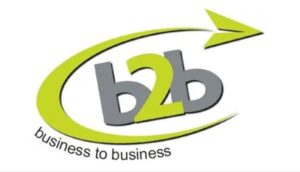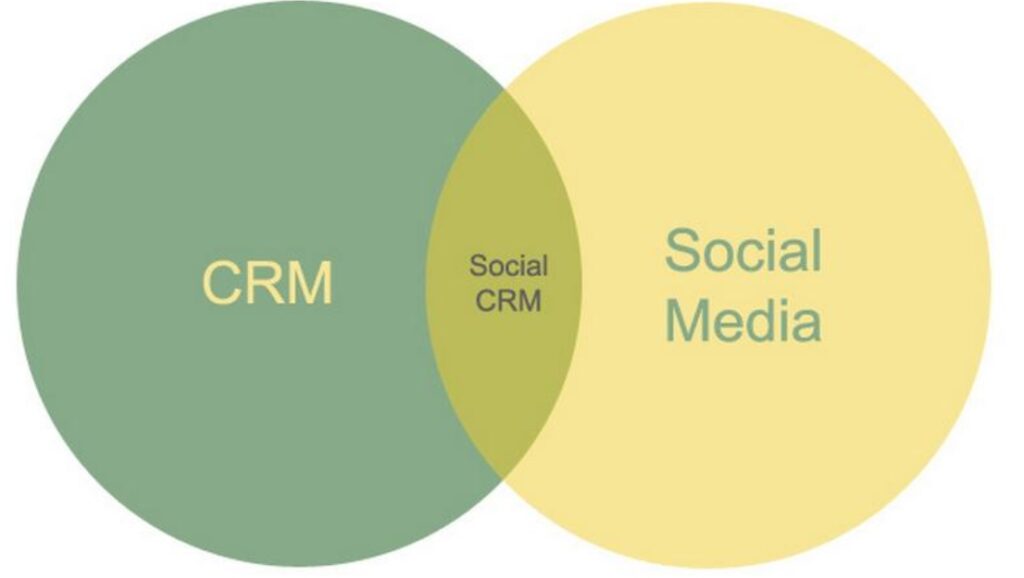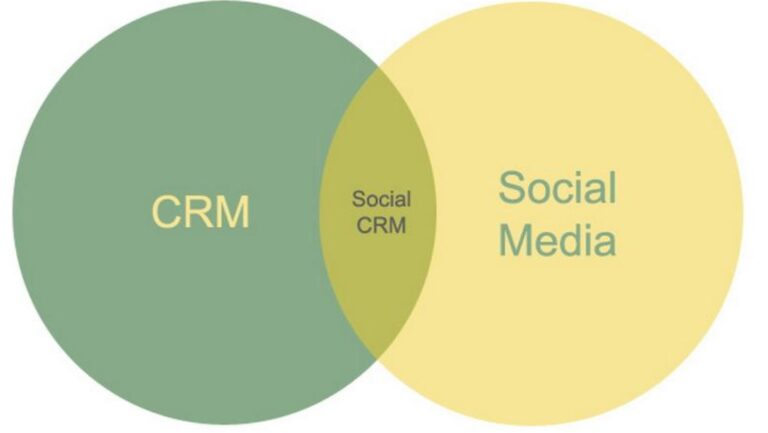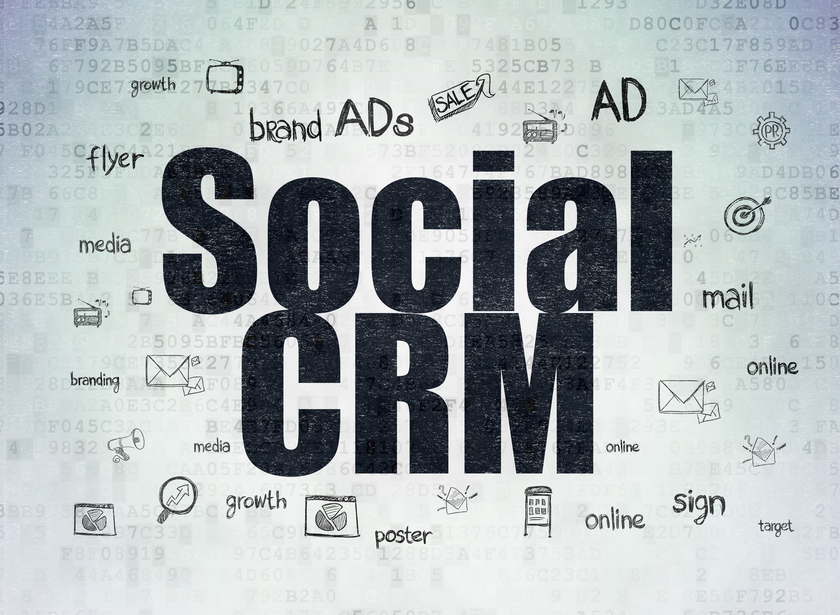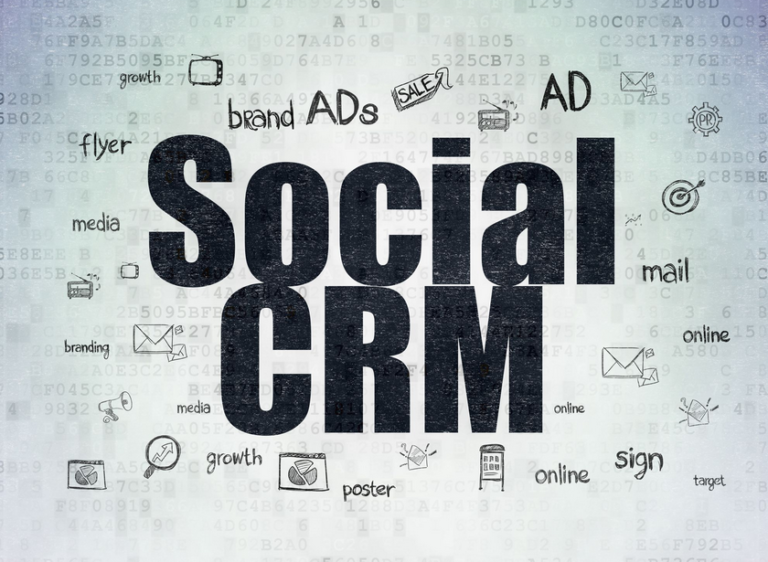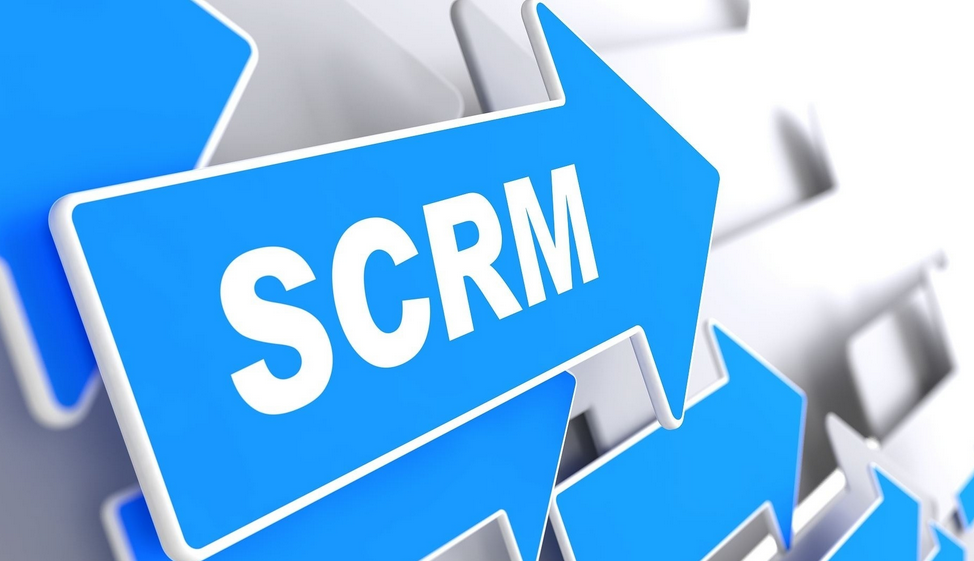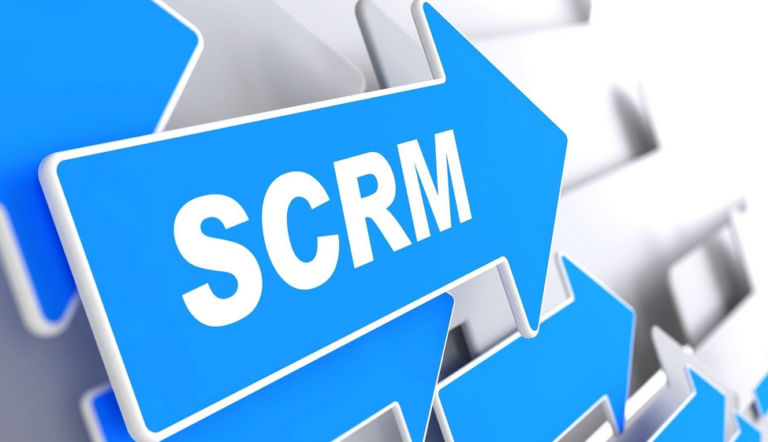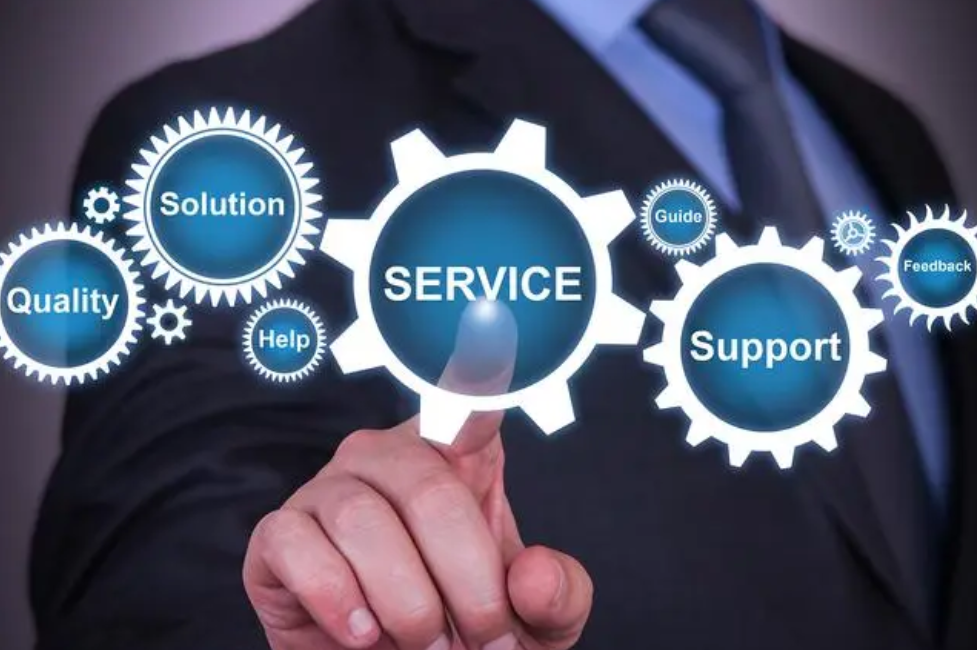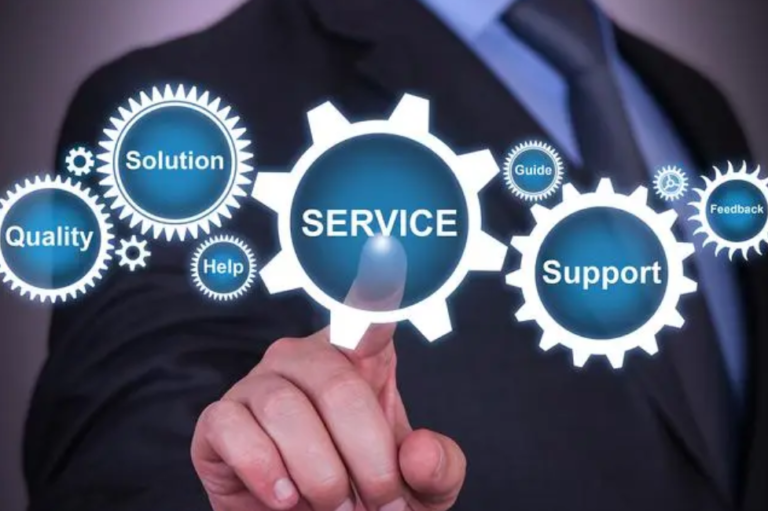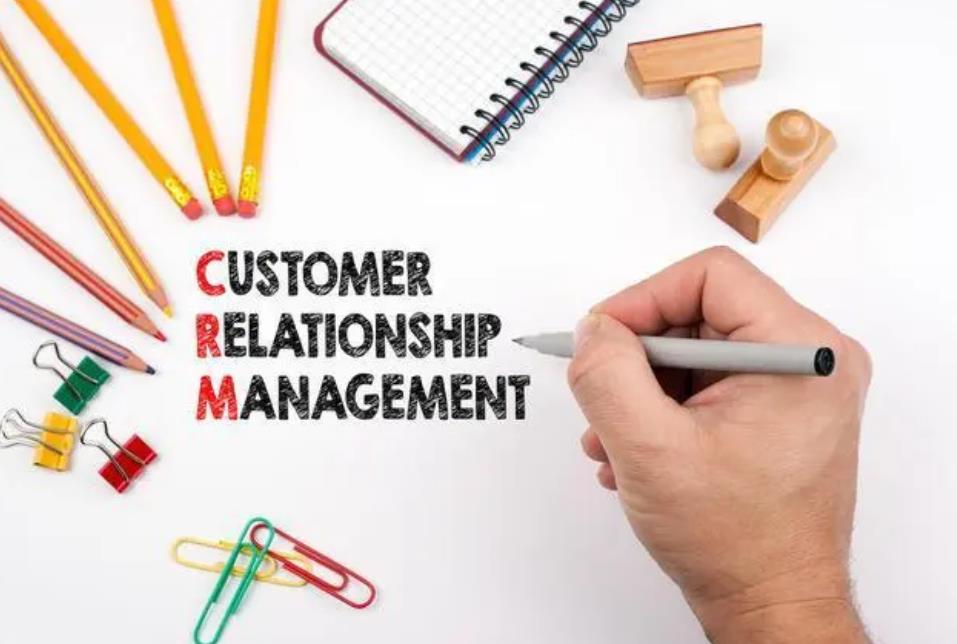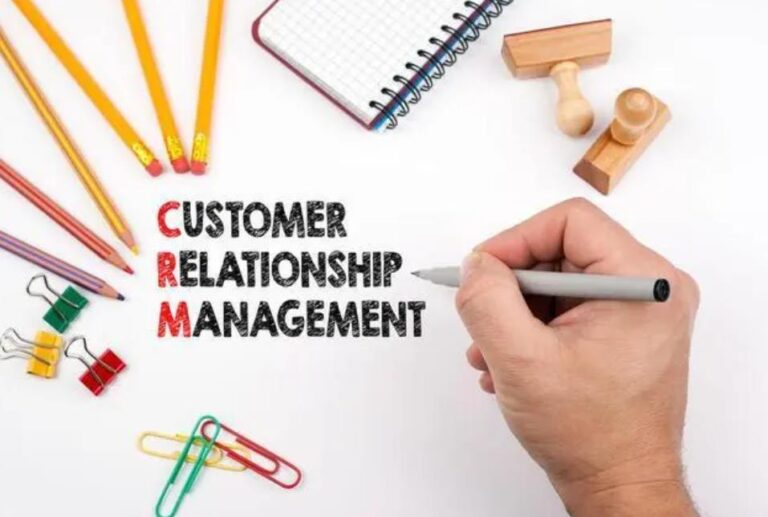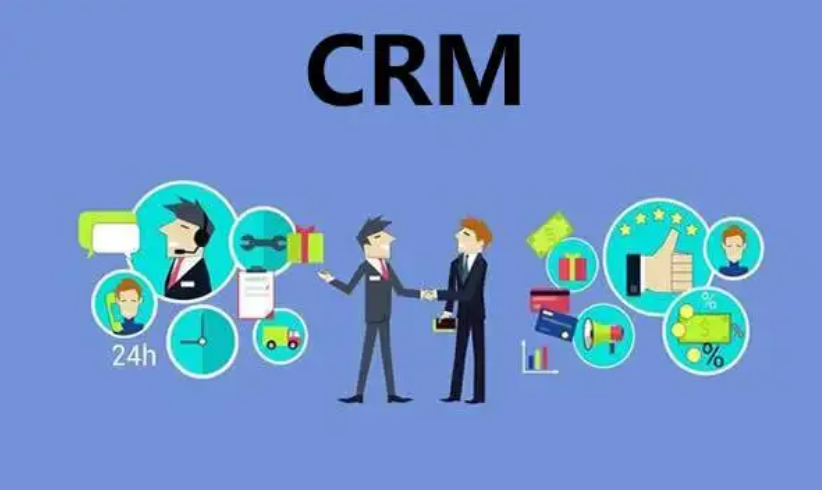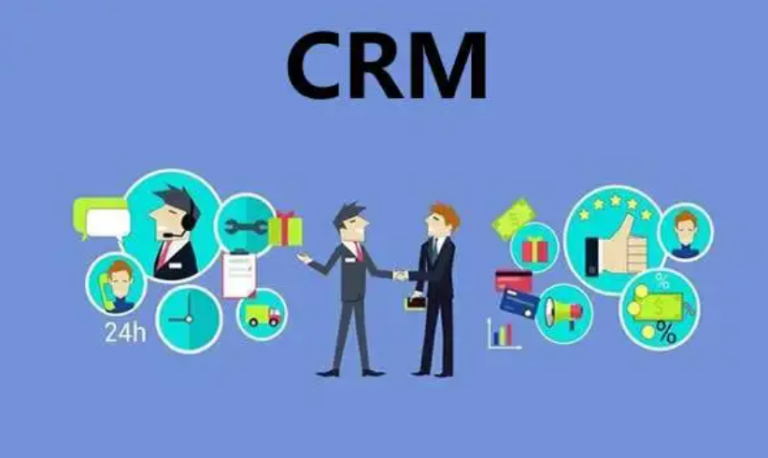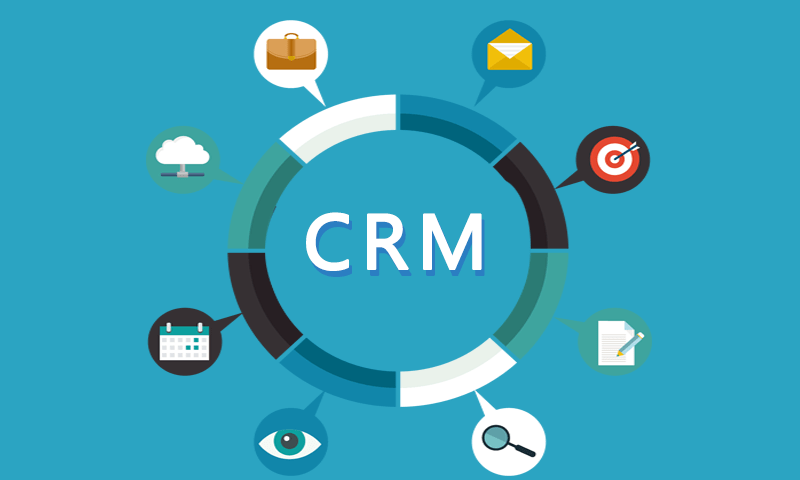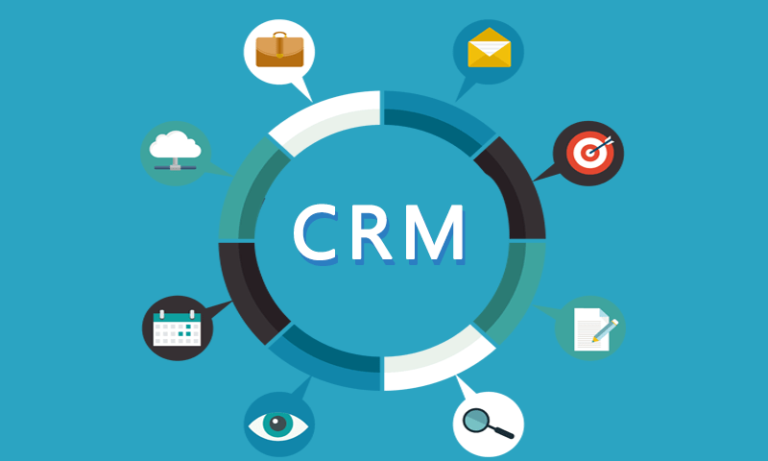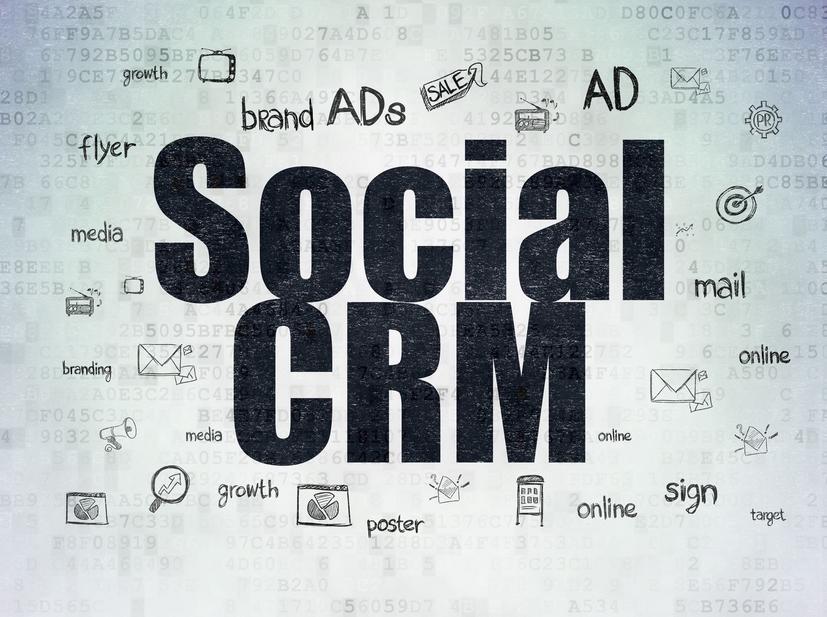
What does scrm mean? What are the features of SCRM?
- Kailey
- 2023-10-16
The common CRM (Customer Relationship Management) system is no stranger to everyone, and we often call it customer relationship management. SCRM has one more S than traditional CRM, but this S (Socail) has greatly changed the operation model of CRM, in other words: customer management behavior is more focused on the social scene.
Different from the traditional CRM system, scrm opens up social tools and integrates social networks; In addition, on the basis of opening up social networks and social tools, more attention is paid to the extension and expansion of this function, which is also the reason why scrm can advance in the current era of big data.
Enterprises generally have the needs of customer relationship management in business scenarios such as marketing, sales and management. For example, some enterprises hope to solve the problem of process management through scrm system, improve customer loyalty, and solve the problem of sales business management. On the other hand, scrm not only refers to a large, complete IT project system, but also can be a tool application based on a single functional module, or a secondary development of the mainstream network platform. There are also solutions that focus on vertical areas, such as wechat marketing platform, marketing assistant APP, customer management CRM, etc.
Social networking tools commonly used abroad are not available in China. Instead of Facebook and Twitter, Chinese users use social media such as Weibo, Moments and QQ. Therefore, if CRM system wants to become scrm, it needs to connect with wechat, Weibo, QQ and other domestic social networks, and use social networks to obtain customers for enterprises and create business opportunities.
scrm’s biggest difference is that it focuses more on the customer and how to fully realize the social value of each consumer, which is the focus of business process innovation. In addition, in addition to the revenue contribution value, scrm will also comprehensively record and incorporate data such as the degree of consumer participation and influence into the analysis dimension, so as to form the strategy and model that is most conducive to brand and sales transformation.
What are the features of SCRM?
- The focus is still on the wechat ecosystem. The development of SCRM based on wechat ecosystem relies on the two lines of personal wechat and corporate wechat.
- Consumer-centered: Focus on business process innovation on how to give full play to the social value of each consumer.
- Enterprise marketing automation management: With the continuous improvement of factors such as data open environment, data model capability and marketing more dependent on data-driven awareness. SCRM has become a digital brain and marketing engine that constantly brings the transformation and data of new consumers through the behavior and data of old consumers, and has become the strategy and execution focus of both offense and defense in the entire marketing management.

No matter what industry you are from, the reasons for considering WeChat are as follows:


